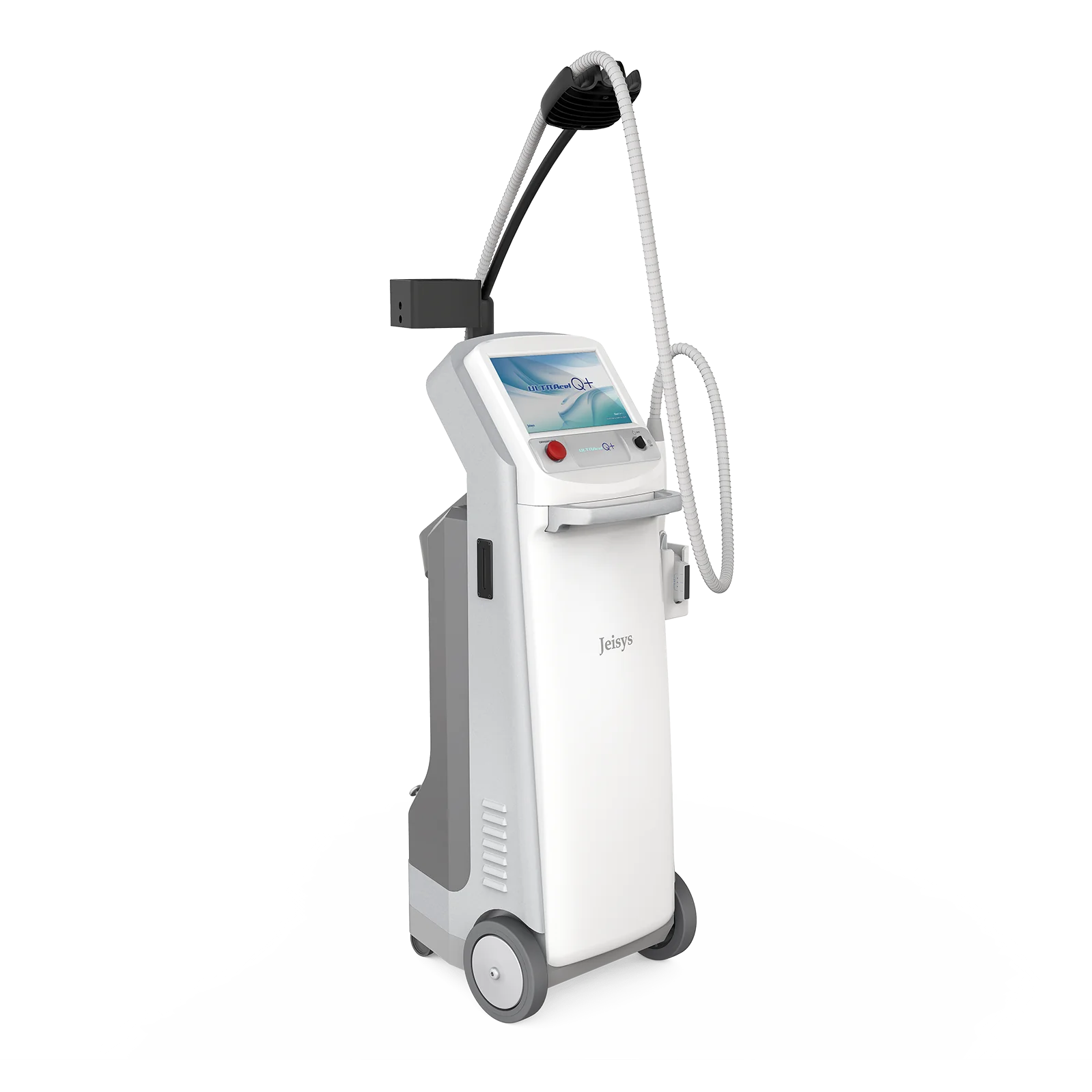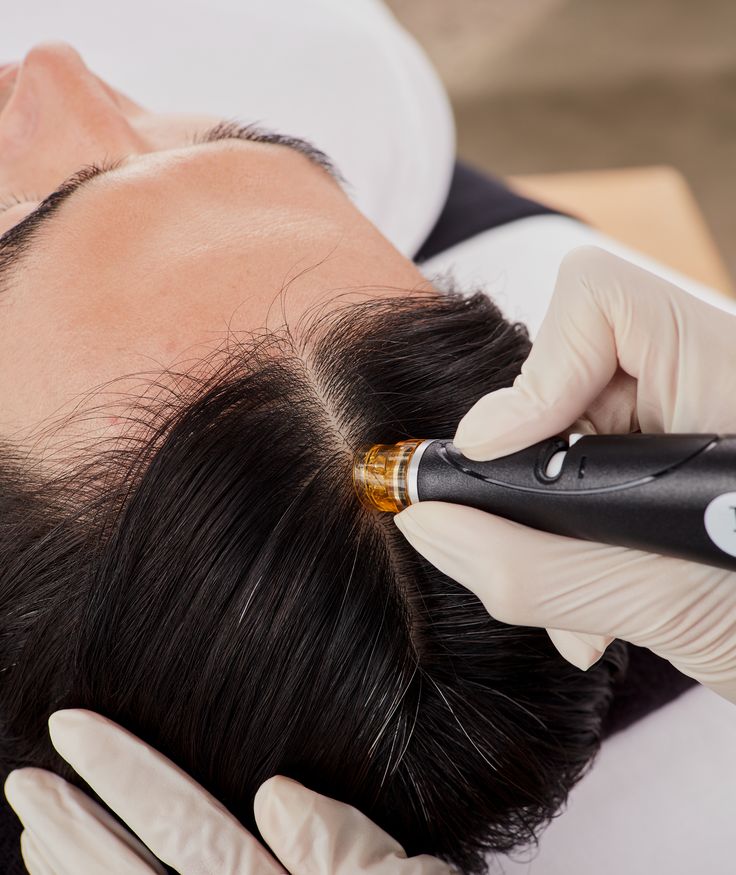Thread Lift FAQs: Answers to Your Most Common Questions

Thread lifts are becoming one of the most popular non-surgical solutions for facial rejuvenation. This minimally invasive treatment can provide noticeable lifting, tightening, and contouring of the face with minimal downtime. However, many people still have questions about the procedure, its benefits, risks, and aftercare.
Here’s a comprehensive guide to the most frequently asked questions about thread lift.
1. What Is a Thread Lift?
A thread lift is a non-surgical procedure that uses specially designed threads to lift and tighten sagging skin on the face and neck. The threads are inserted into the skin using a fine needle, and once placed, they stimulate collagen production, leading to a natural lifting effect. The procedure is minimally invasive.
2. How Do Thread Lifts Work?
Thread lifts work by inserting threads beneath the skin, which then create a structural scaffold to lift and support sagging tissues. These threads also stimulate collagen production, which improves skin elasticity and texture over time. Depending on the type of thread used (PDO, PLLA, or PCL), the results may vary, but they all contribute to tightening and lifting the skin.
3. What Are the Benefits of a Thread Lift?
• Immediate Results: Thread lifts offer visible results right after the treatment, with enhanced lifting as collagen production increases over time.
• Non-surgical: No cuts or stitches are required, which means faster recovery and minimal risk.
• Natural-Looking Results: The procedure provides a subtle, youthful appearance without the “overdone” look often associated with more invasive surgeries.
• Collagen Stimulation: The threads stimulate your skin’s natural collagen production, which improves skin elasticity and texture long-term.
• Minimal Downtime: Most people return to their normal activities within a few days.
4. Is a Thread Lift Painful?
Most patients report that thread lifts are relatively painless. Local anaesthesia is used to numb the treatment area, which minimizes any discomfort. Some mild tenderness or swelling may occur after the procedure, but this typically resolves within a few days. The procedure itself usually takes 30-60 minutes, depending on the area being treated.
5. How Long Do Thread Lift Results Last?
The results of a thread lift typically last between 12 and 18 months, depending on the type of threads used, the area treated, and the individual’s skin condition. Over time, the threads dissolve, but the collagen stimulation they trigger continues to improve the skin, extending the lifting and tightening effects. For longer-lasting results, patients may opt for follow-up treatments.
6. How Long Does the Thread Lift Procedure Take?
The actual procedure usually takes between 30 minutes to an hour, depending on the area being treated. After the procedure, patients can often resume their daily activities, though it’s recommended to avoid strenuous exercise for a few days.
7. Who Is a Good Candidate for a Thread Lift?
Thread lifts are ideal for individuals with mild to moderate sagging in the skin, usually between the ages of 30 and 60. It’s perfect for those who want to rejuvenate their appearance but are not ready for a full facelift. Ideal candidates are in good health, have realistic expectations, and do not have significant skin conditions that may affect healing.
8. What Areas Can Be Treated with a Thread Lift?
Thread lifts are commonly used for lifting and rejuvenating various areas of the face, including:
• Jawline: To define and contour the jawline.
• Cheeks: To lift sagging cheeks and restore volume.
• Neck: To tighten and firm the skin on the neck (often referred to as a “turkey neck”).
• Eyebrows: To lift and shape drooping brows.
• Under the Eyes: To smooth out fine lines and bags under the eyes.
9. What Are the Different Types of Threads Used in Thread Lifts?
There are several types of threads used in thread lifts, including:
• PDO Threads (Polydioxanone): The most commonly used thread, known for its safety and effectiveness. They dissolve naturally and stimulate collagen production.
• PLLA Threads (Poly-L-Lactic Acid): These threads are used for longer-lasting results and are known for their collagen-boosting properties.
• PCL Threads (Polycaprolactone): PCL threads are highly durable and stimulate collagen production over time, providing longer-lasting results.
• Cog (Barbed) Threads: These have tiny barbs that anchor the skin, offering a more immediate lifting effect.
10. Are There Any Risks or Side Effects?
Thread lifts are generally safe, but like any cosmetic procedure, there are some risks and potential side effects, including:
• Swelling and bruising: Temporary swelling and bruising are common and typically subside within a few days.
• Infection: Although rare, infection is a possibility if the procedure is not performed under sterile conditions.
• Thread migration: In very rare cases, the threads can shift or become visible beneath the skin.
• Uneven results: In some cases, the lifting effect may not be as pronounced as expected.
Choosing an experienced doctor is essential to minimizing risks and ensuring the best results.
11. Is There Any Downtime After a Thread Lift?
One of the main advantages of thread lifts is that they require very little downtime. Most people experience mild swelling or bruising, which typically resolves in a few days. It’s recommended to avoid strenuous activities or massages in the treated areas for about 1-2 weeks, but most individuals can resume their normal activities within a few days.
12. Can I Combine Thread Lifts with Other Treatments?
Yes! Many people combine thread lifts with other treatments, such as Botox, dermal fillers, and chemical peels, to address different concerns and enhance the overall result. For example, Botox can smooth out wrinkles, while thread lifts improve skin laxity and stimulate collagen production.
13. How Do I Prepare for a Thread Lift?
Before undergoing a thread lift, the doctor will provide specific instructions. Generally, you should:
• Avoid taking blood-thinning medications (like aspirin) a few days before the procedure to reduce the risk of bruising.
• Stay hydrated and get adequate rest before your appointment.
• Avoid alcohol for 24 hours before the procedure to prevent excessive swelling.
14. How Do I Take Care of My Skin After a Thread Lift?
After a thread lift, you’ll need to follow some basic aftercare instructions:
• Avoid massage or pressure on the treated areas for a few days.
• Sleep with your head elevated to minimize swelling.
• Apply ice packs to reduce swelling and bruising in the first 24-48 hours.
• Avoid intense physical activity for a week to allow the skin to heal.
• Follow up with your practitioner for any necessary touch-ups or check-ups.
Thread lifts offer a minimally invasive, highly effective way to restore a youthful appearance and improve skin texture, firmness, and contour. With little to no downtime and lasting results, they provide an excellent option for those looking to rejuvenate their face without undergoing surgery.
If you’re considering a thread lift, Lejeune Medspa can help guide you through the process, offering personalized consultations and expert care to achieve the best results.
Contact us today to schedule a consultation and learn more about how a thread lift can enhance your natural beauty.
Please always consult with your doctor!
As the owner of a Boutique Skin Clinic, Dr Shuba Dharmana is considered one of the top dermatologists in Bangalore.
Lejeune Medspa | Boutique Skin Clinic, Bangalore
Contact: +91 98451 04890
By Maansi Chodha







